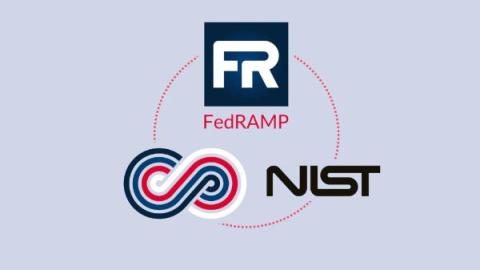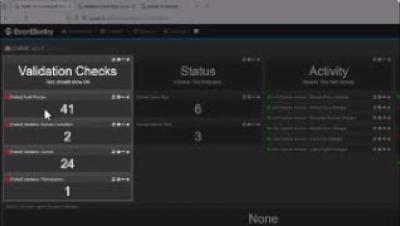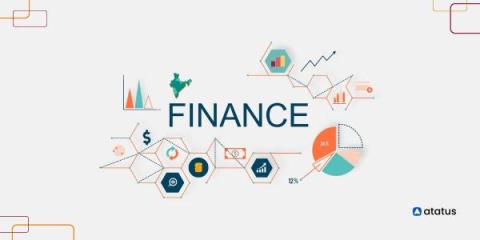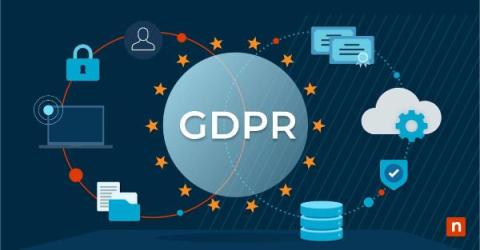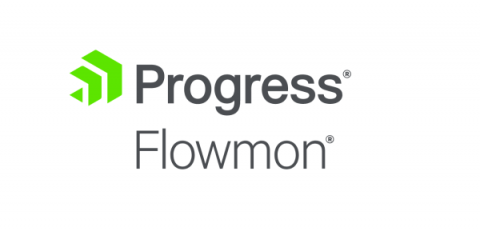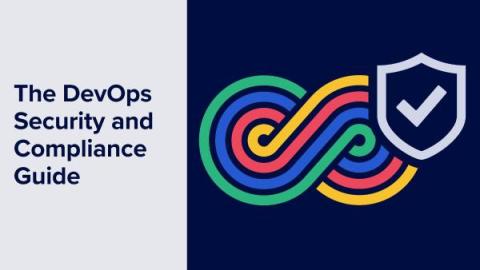Operations | Monitoring | ITSM | DevOps | Cloud
Compliance
Digital Transformation Is Changing the Mortgage Industry - Here's How
Demystifying FEDRAMP and NIST for Continuous Compliance
Today, federal agencies rely extensively on Cloud-based SaaS applications for everything from payment processing and document management, to data security and employee workflow automation. These tools help departments to function very efficiently, but because they are being used for essential government functions, it’s vital that they are safe and secure. For example, personnel at The Pentagon or The Department of Homeland Security can’t just choose any software vendor in the marketplace.
ISO 27001 Compliance: Everything You Need to Know
Let’s talk about what ISO 27001 compliance means for the tech team. If you’re a CTO, DevOps team lead, or cyber security specialist, you’ll have a lot of plates spinning at any given point in time. You need to ensure and maintain security protocols and compliance without hindering the development team’s ability to test and deploy new code (often at scale). It’s a constant battle to align development speed with governance tasks like audit, compliance, and security.
We are SOC 2 Type II Certified!
CMMC v2 Compliance with EventSentry
Selecting Observability and Security Solutions in Compliance with RBI: Fintech Challenges
Fintech, an abbreviation for financial technology, encompasses many firms and technologies that employ innovation and tech to enhance and automate financial services and operations. Their goal is to enhance the efficiency, accessibility, and user-friendliness of financial services. Fintech entities span numerous sectors within the financial industry, such as online payments, lending, digital banking, investing, insurance, and more, all aimed at streamlining financial processes.
What is GDPR Compliance? How to Stay Compliant
Because data privacy has become a paramount concern, the General Data Protection Regulation, more commonly known as GDPR, was introduced as a pivotal milestone in safeguarding personal information. As businesses worldwide grapple with the profound implications of this regulation, understanding GDPR compliance has never been more critical.
Meeting the SEC's New Cybersecurity Rules: How Flowmon Empowers Public Companies To Comply
The much-anticipated cybersecurity rules by the U.S. Securities and Exchange Commission (SEC) for public companies have arrived, signaling a significant step forward from the proposed rules released in March 2022. These final rules, effective July 26, 2023, introduce new obligations that public companies must adhere to, promising a more secure and transparent corporate landscape. However, these regulations bring significant compliance challenges and litigation risks.
The DevOps Security and Compliance Guide
The fast-paced nature of modern software development means developers are capable of deploying changes to production multiple times a day. But, while DevOps allows development teams to deliver new features faster, increased deployment frequency can make it more difficult to stay on top of security threats. It only takes one malicious or incompetent change to dramatically increase the risk exposure of an application.




